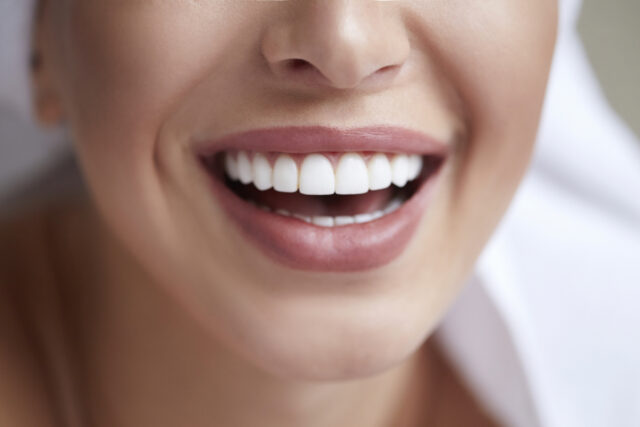
A perfect smile goes a long way in boosting self-esteem and confidence, so it is understandable that a vast majority of the world’s population continuously looks for dental solutions to enhance their smiles. One such solution is dental bonding.
This cosmetic procedure involves the use of a composite resin material to enhance the appearance of your smile. Dental bonding is a very popular choice amongst many people because it is non-invasive, and unlike veneers, they are easily reversible. If you’re looking to get dental bonding, below is what you need to know about the procedure and what you can expect from the treatment.
The Dental (Teeth) Bonding Process

The process starts with you booking a consultation with a qualified and experienced dental practice like Sherwood Park Dental Practice where you can discuss your cosmetic goals with a dentist. The dentist will also examine your teeth and gums (including x-rays of your mouth) to determine if you’re a good candidate for the procedure. If you have gum disease, tooth decay, or any other underlying oral health issues, they will need to be treated completely before you can proceed to get dental bonding. If your dentist does determine that you are a good candidate, an appointment will be set for the dental bonding procedure.
During the procedure, your dentist will start by using a shade guide to select a resin material that is the same color as your natural teeth. Once a shade is chosen, your dentist will then proceed to prepare your teeth by roughening and applying a conditioning liquid to their surface. The composite resin material is then applied to the surface of your teeth, followed by molding and smoothening to achieve the desired shape.
After the desired shape has been achieved, the resin material is cured (hardened) with a special light and polished to achieve a natural shine.
A dental bonding procedure can typically be completed in one doctor’s visit (the procedure takes about 30-60 minutes for each tooth).
What After Care Looks Like
Because dental bonding is generally painless and doesn’t involve the use of anesthesia, there is no downtime needed. All you need to do is ensure that you maintain proper oral hygiene after the procedure. This is what keeps your smile bright and your mouth healthy.
Brushing at least twice a day (with a soft toothbrush and fluoride toothpaste), and flossing once daily are very important. Avoid nail biting and using your teeth to open packages, as it can cause the bonding material to chip. Also, ensure to visit your dentist for checkups and cleanings on a regular basis.
The Issues Dental Bonding Can Correct

Dental bonding can be used to correct cosmetic imperfections like chipped teeth, exposed roots, decayed teeth, discoloration, gaps/spaces between the teeth, and cracked and misshapen teeth. It can also be used in restorative dentistry to; replace old (silver) dental fillings and fill cavities.
The Benefits of Dental Bonding
Dental bonding offers a host of amazing benefits, such as;
- Minimally invasive compared to other procedures like veneers and dental crowns where significant tooth alteration is required.
- Very affordable cosmetic dentistry treatment.
- Convenience. Dental bonding doesn’t take much time and can be completed in one appointment.
- Dental bonding is a versatile treatment that can be used to correct several imperfections like chips, discoloration, cracks, and gaps.
How Long Does Dental Bonding Lasts

Because dental bonding doesn’t require the removal of teeth enamel, it is not a permanent solution. It can, however, last up to 3-10 years before requiring a touch-up or replacement. Good oral habits and proper care can also extend the lifespan of the bonding material.
Conclusion
Dental bonding is a cheap, effective and non-invasive solution for correcting several cosmetic imperfections that can detract from your smile and dampen your self-esteem. Talk to your dentist today about the procedure to determine if you’re a good candidate.







